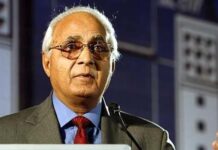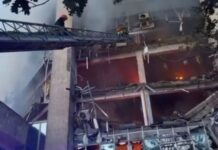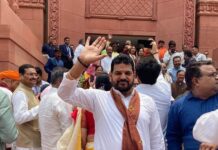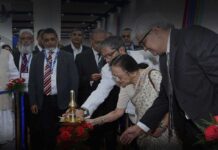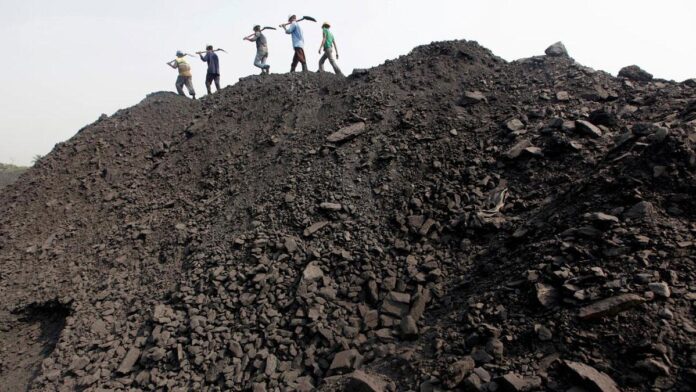This year marked the 8th anniversary of Coal Satyagrah. Last week saw a massive protest in Chattisgarh when the residents of 56 villages came together to protest against the proposed coal projects in their region. It got to be famously known as the coal satyagrah. The details of the proposals which were being agitated against are that these three projects have the potential to impact the lives of the villagers adversely.
It was brought to notice that the proposals required land digression of a total of 6,802 hectares. This was faced by a massive uprising by the people when men women and children occupied the streets of Pelma village. The symbol of protest as used by them was the dug up coal from the neighbourhood and dumped it at the district offices.
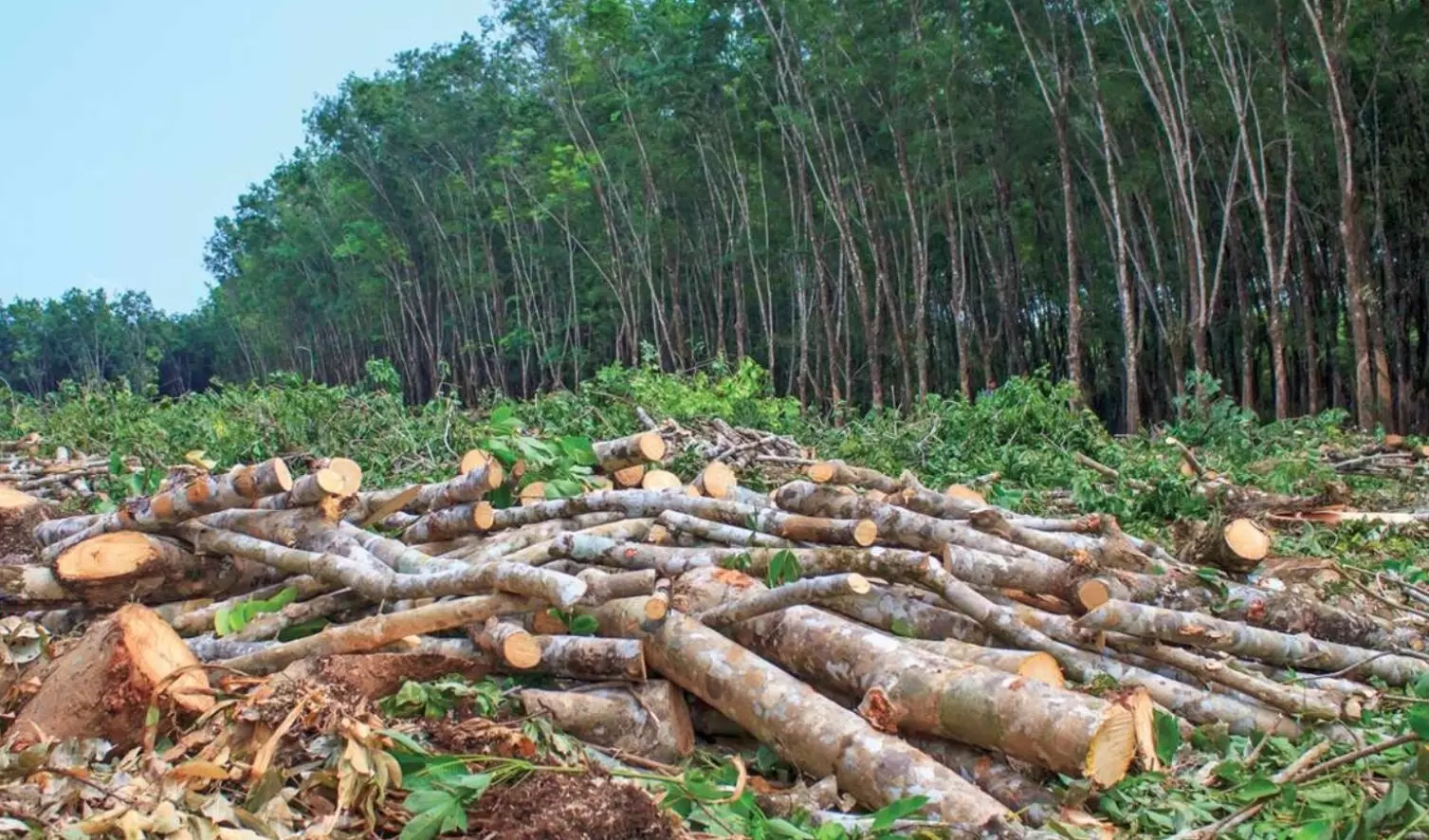
The protesters who are residents of the village are absolutely against any sort of coal mining in their area, irrespective of any project or proposal either by the private players or by the state machinery. They believe that further mining of coal underground will exploit land and other natural resources. There have been multiple coal mining projects in the region previously. The residents of the region are convinced that such projects reap no benefit to them rather just deplete their surroundings, filling the pockets of the big industrialists.
What is the Coal Satyagrah?
The Coal Satugrah was not a one-time event; rather it has now become an yearly ritual, which is held by the residents of Tamnar on October 2, marking the birthday of the father of the nation. In the Tamnar region, there are a total of eight coal mines, all of them being operated by different companies and private corporate players. Their land of operation has been forcibly acquired with no provision for the payment of any compensation or a scheme of rehabilitation.
Moreover, the nature of work of these mines is such that they result in indiscriminate pollution of the environment and the surrounding casing health issues to all in the name of Corporate Social Responsibility [CSR]. The plan they propose in the name of ‘model of development’ is nothing but a model of depletion of lives and environment. Tamnar is one of the regions which has been notified under Section 5 of the Indian Consitution, thus enjoying constitutional protection.

In lieu of the special status of the region, any company taking up any project in this region is obliged to conduct a social impact assessment, which has not been conducted ever, clearly violating the constitutional sentiments.
This tradition has been ongoing for the last eight years against any coal mining-related project proposed in the state. In the current edition, the protest targeted three mining projects which are under operation in sector 1 (owned by Gujarat State Electricity Corporation Limited), sector 2 (owned by Maharashtra State Power Generation Company- MAHAGENCO) and sector 3 (owned by the Chhattisgarh State Power Generation Company). All these three mines come under the authority of the mine developer and operator [MDO], Adani Enterprises.
The MDO route has been seen to be a creative way for the private sector companies to enter into merchant coal mining, as it is not open for them. Vis the MDO route, they take up key managerial positions on behalf of the owners of the coal block and then proceed with the project having the key tasks bestowed to themselves- like land acquisition, mine planning, development, operation, coal extraction and transportation. Like, in this case, the state electricity corporation of three states come under the private player- Adani Enterprises.
Protest against MAHAGENCO and Adani Groups in ‘public’ hearing:
In the last week of September, there was scheduled a public hearing for Garew Pelma Sector 2 which is owned by MAHAGENCO with Adani Enterprises as its MDO. The residents widely protested this. In a similar fashion, earlier two more public hearings were not concluded successfully. The major allegations of the locals were against that this is just a ‘staged’ platform for a veil of transparency. Both the MAHAGENCO and Adani group of enterprises has remained silent on the issue since then.

The estimated impact of the project is considered to be huge and thus is not welcome by the residents. In protest to the said public hearing, approximately 5000 people from 14 villages had gathered to boycott the meeting. They were intending for no one to enter the venue. However, police accompanies the representatives of the Adani group, and they had managed to sneak in like the MAHAGENCO who got in with the help of local authorities. Those who were escorting the representatives to the venue were said to be paid-men of both MAHAGENCO and the Adani groups.
There is no clash in opinion amongst the people were present at the protest, as all of them have given similar statements in a recent interview. The public hearing was seen as just another way to manufacture the consent of the people, which in reality doesn’t exist and is being heavily opposed. One activist who could gain to the inside information of the public hearing was Ramesh Aggarwal. Ramesh was previously awarded the Goldman Environmental Prize. He says that most of the attendees of the public hearing were the representatives of MAHAGENCO; he was unable to identify anyone from the Adani groups.
Tricking the locals for corporate gains
The local population of the region has chosen to protest against the public hearing as it is one of the major steps in taking up a project as it provides for obtaining an environmental clearance by providing a platform to those who are potential to be affected by the project. For the grant of a full clearance, the documents of a public hearing along with the environmental impact assessment, social impact assessment and other documents are to be put before the Expert Appraisal Committee in the Ministry of Environment, Forests and Climate Change (MoEF). On the basis of the merits set out in these documents, the committee decides whether or not to grant environmental clearance to the said project.
The details of the public hearing gathered from the minutes of the meeting are as under:
- There were a total of 59 speakers
- Fifty-seven were in support of the project while two were in opposition.
However, the entire rebellion of the local people is based on the allegation that the speakers at the meeting didn’t have the best interest of the poor local population at their hearts and thus were not representatives at all.



